VCE Biology Unit 2 Outcome 2 - How do inherited adaptations impact on diversity?
1/29
There's no tags or description
Looks like no tags are added yet.
Name | Mastery | Learn | Test | Matching | Spaced |
|---|
No study sessions yet.
30 Terms
Types of Asexual reproduction
fission
budding
vegetative propagation
spore formation
What is fission
When a parent cell divides into two
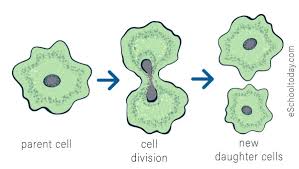
what is vegetative propagraion
occurs when a plant grows from fragmentation
e.g stem or root cuttings
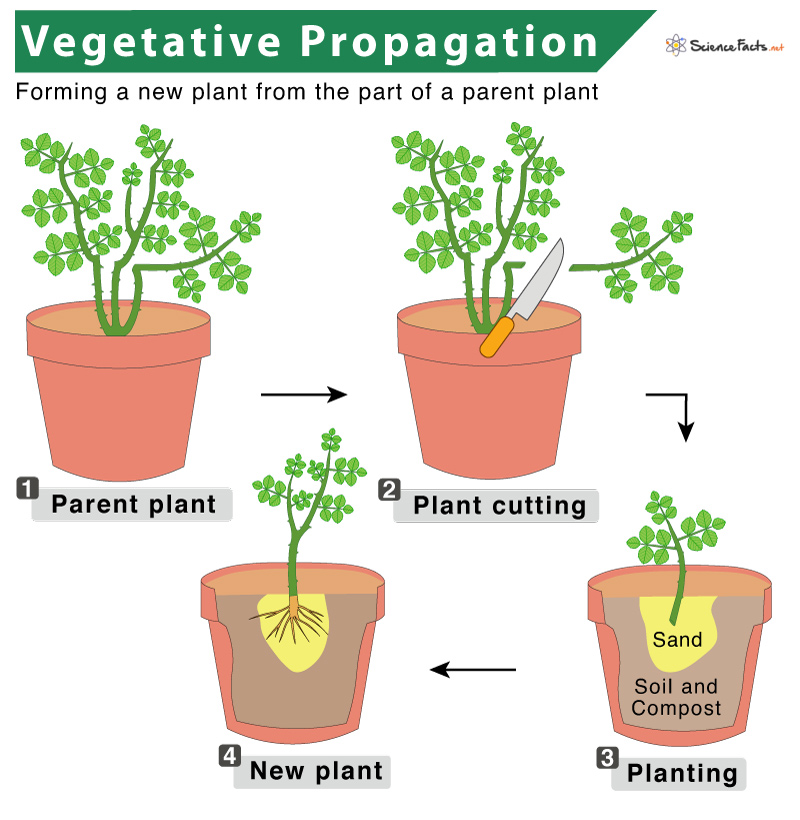
what is sporogenesis
when spores form on an organisms surface & dispersed into surroundings
to develop into individual clones of the original
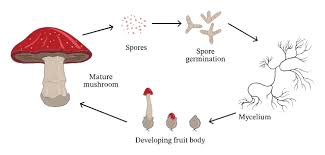
biological advantages of sexual reproduction
mixing of genetic information between two parents
random mating within a population
independent assortment of non-homologous chromosomes at metaphase I in meiosis
crossing over & recombination at prophase I in meiosis
biological disadvantages of sexual reproduction
time and energy needed
inefficient
dependence on vectors (carrier used to transfer genetic material into a cell)
risk to life, pregnancy problems
how have humans been using reproductive closing technology
to clone livestock
e.g dolly sheep in the 1990’s
what is somatic cell nuclear transfer (SCNT)
-technique in which the nucleus of a somatic (body) cell is transferred to the cytoplasm of an enucleated egg (an egg that has had its own nucleus removed).
involves: donated somatic cell (sheep 1) & donated egg cell (sheep 2)
EEID
enucleation: removal of nucleus from donated ell cell
extraction: somatic cells nucleus is extracted
insertion: somatic cells nucleus is inserted into the enucleated egg cell
development: cell begins to divide & development into embryo which is implanted into surrogate mother

what is embryo splitting
single early-stage embryo is divided into two or more identical, genetically identical embryos
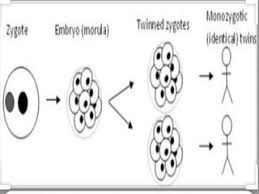
what is plant tissue culturing/ propagation
runners: plant shoots off parent plant, end runner forms clone of the parent
suckers: new shoots that arise from underground roots
rhizomes: underground storage of starch (bulbs and tubers), genetically identical to parent
what is cutting (plants)
piece of parent is cut and planted in soil & grown into a full plant
what is grafting (plants)
tissues of plants are joined so as to continue their growth together
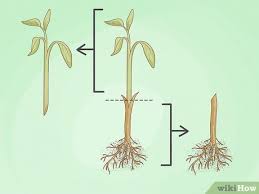
why is genetic diversity important within a species of population
gives species the chance to evolve over time with natural selection
structural adaptations to enable life in deserts
plants
small leaves - reduces water lost through transpiration
shallow, widespread roots - close to surface to quickly absorb any available moisture
deep taproots - reach underground water sources far below the surface
animals
large ears - act as radiators, helping to dissipate body heat
small body size - higher surface-area-to-volume ratio, which aids in releasing heat more efficiently.
physiological adaptations to enable life in deserts
animals
efficient kidneys - kidneys that reabsorb water, producing extremely concentrated urine to minimize water loss. e.g kangaroo rat
metabolic water - Camels store fat in their humps, which can be metabolized to produce water as a byproduct
nocturnal activity - animals are most active at night when temperatures are cooler, avoiding the harsh heat of the day
burrowing - cooler and more humid environment
behavioral adaptations to enable life in deserts
animals
seeking shelter - finding refuge in burrows, rock crevices
estivation - enter a state of temporary dormancy, similar to hibernation, during the hottest and driest months to conserve energy and water.
nomadic lifestyles - animals moving long distances to find water and vegetation e.g desert elephants
structural adaptations to enable life in the cold
animals
blubber - thick layer of fat, beneath the skin acts as a highly effective insulator for marine animals such as whales, seals, and polar bears.
thick fur & features - fur coats with an insulating underlayer of fluffy fur or hollow hairs that trap warm air
e.g Emperor penguins use four overlapping layers of scale-like feathers for wind protection
compact bodys - to reduce surface area to volume ratio, minimizing heat loss
antifreeze proteins - Antarctic fish have developed antifreeze proteins in their blood to prevent ice crystals from forming and damaging their cells in extremely cold waters.
physiological adaptations to enable life in the cold
vasoconstriction - blood vessels near the skins surface contract, reducing blood flow and heat loss to the environment, thus preserving core body temperature
behavioral adaptations to enable life in the cold
migration - moving long distances to find food and warmer
hibernation - enter a state of dormancy, dramatically slowing their heart rate, breathing, and metabolism to conserve energy.
microclimate creation - Animals create or select sheltered microclimates to protect themselves from the cold, like burrows or using existing structures
structural adaptations to enable life in marine environments
streamlines bodies - torpedo-shaped bodies that reduce water resistance, allowing them to move more quickly. eg sharks and dolphins
gills - specialized organs that extract dissolved oxygen from the water and release carbon dioxide.
echolocation - emitting sound waves to create a "sound map" of their surroundings, which helps them navigate and find prey.
physiological adaptations to enable life in marine environments
skin absorption - absorb oxygen directly through their skin
endothermy - endothermic ("warm-blooded"), maintaining a constant internal body temperature regardless of the surrounding water temperature e.g whales
behavioral adaptations to enable life in marine environments
migration - such as salmon, migrate long distances to find food or suitable breeding sites.
schooling - swim in schools to protect themselves from predators. e.g fish
bioluminescence - attract prey in the dark ocean depths. e.g anglerfish
types of symbiotic relationships
competition, mutualism, commensalism, parasitism, amensalism
what is competition
Two organisms compete for a limited resource. Both organisms are harmed in this relationship
Example: Two different species animal, competing for the same food source
what is mutualism
where both organisms benefit
what is commensalism
where one organism benefits while the other is unaffected.
what is parasitism
one organism benefits while the other is harmed.
what is amensalism
ONE organisms UNAFFECTED from the relationship. The other is HARMED.
Example: Animal walking over grassy terrain and damaging it
how can a keystone species change biodiversity around them
distribution, density, size of population
how has the knowledge of Aboriginal and Torres strait islander peoples knowledge contributed to the understanding of interdependencies between species
firestick farming
long-term observation
holistic perspective